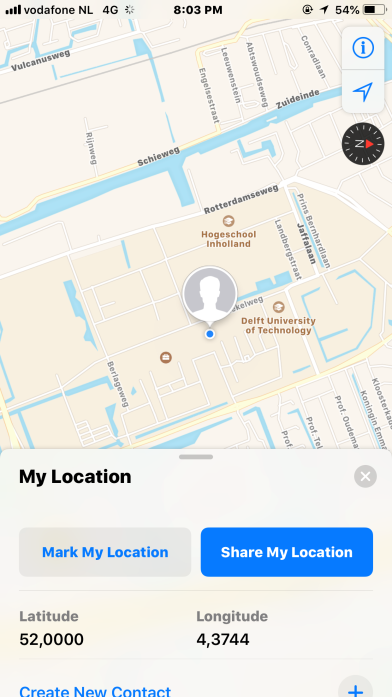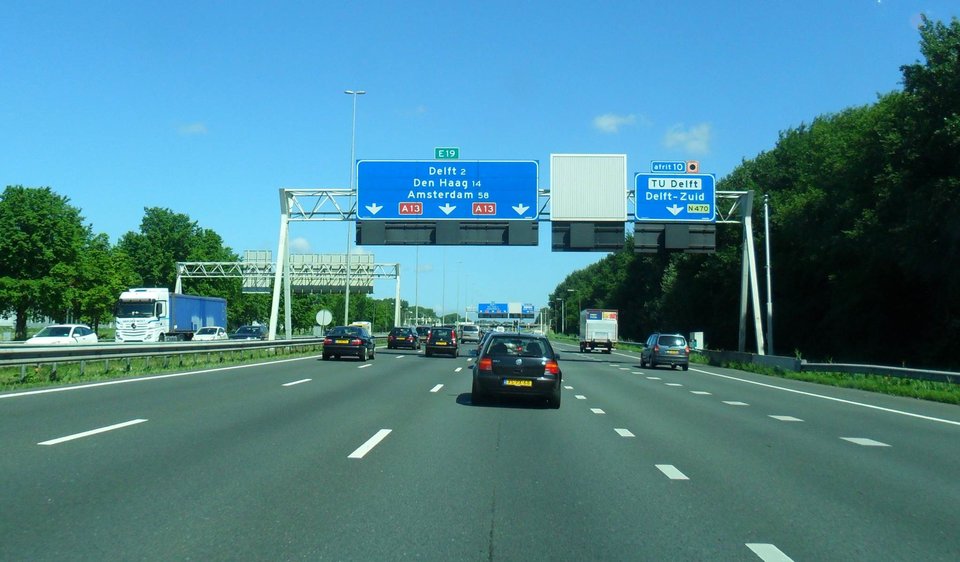Positioning systems and geo-referencing
We aim to develop reliable, robust, and efficient algorithms and systems for accurate positioning and geo-referencing.
Where things are’, ‘Where they’ve been’, and ‘Where they are going’ is nowadays of the utmost importance. That is where accurate positioning comes in. The aim of this research field is to develop algorithms and systems just to do that. Besides improving existing positioning systems, designing new systems and integration of systems, the primary focus is on making positioning and geo-referencing precise, reliable and easy to use for civil engineering, geosciences and navigation.
Positioning is an essential activity in geo-science. To study spatial phenomena, we need to know where in-situ fieldwork measurements were taken, and we need to know where a remote sensing satellite was when it captured an image of the Earth’s surface. Also, millimetre and centimetre accurate positions are needed with construction works, for monitoring structures in Civil Engineering or, the Earth’s surface itself (think of geo-hazards like land-slide and subsidence), as well as for positioning road vehicles.
Positioning is about determining the location of an object on Earth, or in space. And doing this in a mathematical sense, that is, presenting the position in terms of coordinates (numbers), rather than a textual description, like ‘in Main Street, opposite the police station’
Assigning coordinates to data and objects is referred to as geo-referencing, which nowadays is omnipresent and crucial. You probably use it every day on your smartphone to find your way around. And, also data from remote sensing systems and field measurements, are geo-referenced. Geo-referenced data are not only displayed on web-based maps for direction finding, but can also be visualized, and analysed in Geographic Information Systems (GIS) to study spatial phenomena.
How hard a job can geo-referencing be these days? Grab your smartphone, and with virtually no effort, you obtain your position coordinates, thanks to GPS.

Determining your position with a GPS-chip in your smartphone – at the TU Delft campus it will show you’re on latitude 52.00° North and longitude 4.37° East, which can be converted in Cartesian coordinates as X = 3923498 m, Y = 300133 m, and Z = 5002803 m; screenshot of Apple Maps
The position you get, however, is not perfect. You may have found out that, even under favourable circumstances, it is good only to the 5 – 10 meter level. And for some applications, in particular in civil engineering and geo-sciences, we need much better, for instance 1 cm, or even 1 mm!
This is where our research kicks-in. Special measurement set-ups and smart data processing techniques are needed to achieve this 1 mm or 1 cm position accuracy. Not only do we want the positions to be precise and reliable, we also want them with minimal effort, in almost real-time. All of which is difficult to obtain at the same time. A big challenge is for instance the delay the GPS radio signals experience while travelling through the Earth’s atmosphere, and these delays can easily reach up to meters or tens of meters, thereby seriously corrupting your position.
And that’s not all. GPS satellites tell you where they are, and with that, you can determine your own position. But, how do they know …? Someone told them? Actually yes, we do! In a joint effort with many cooperating institutes, we operate networks to track GPS satellites and compute their positions. These networks also establish the backbone, or infrastructure if you like, for positioning.
So far, we only mentioned about GPS. But GPS is not alone; it is joined by the Russian Glonass system, the European Galileo system and the Chinese Beidou system. All these systems together make that about one hundred navigation satellites are orbiting the Earth in the years to come. In our research we work on combining all these systems seamlessly together, as a single Global Navigation Satellite System (GNSS), to greatly improve the accuracy and speed of geo-referencing.
When you need to know ‘Where things are’, ‘Where they’ve been’, or ‘Where they are going’ *), you need a precise, reliable and easy to use positioning system for your application. What we do is to (help you) develop just that.
